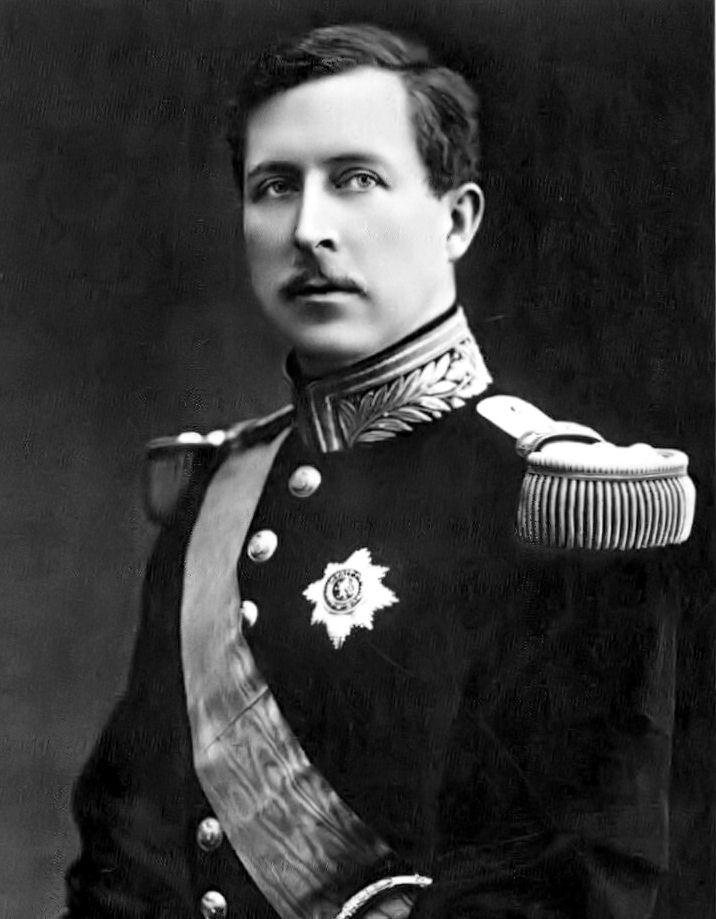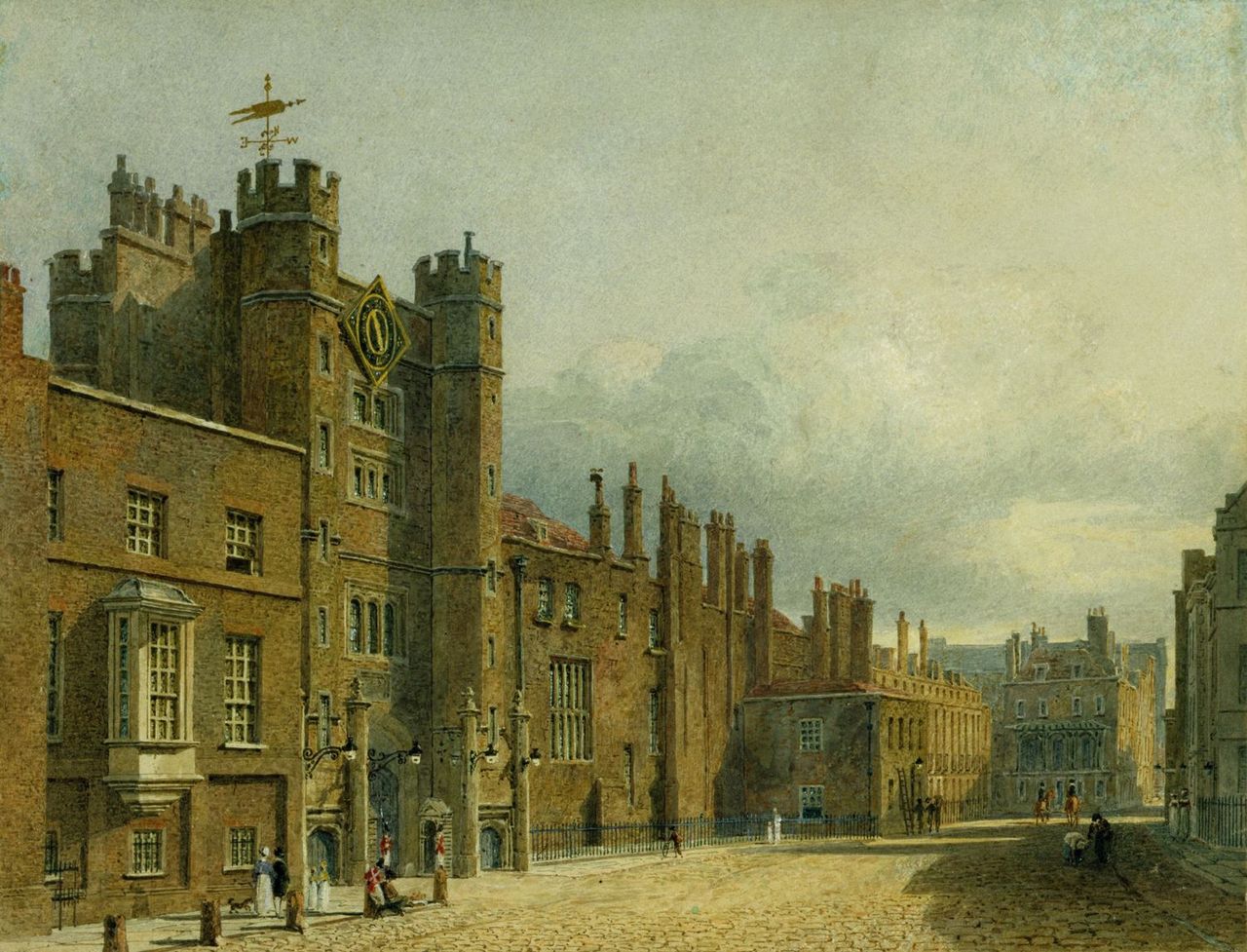by Susan Flantzer
© Unofficial Royalty 2024
New Year’s Speech – December 31 – Denmark
Queen Margrethe II gave the traditional New Year’s Speech on December 31, 2023. During the speech, she announced she would be abdicating on January 14, 2024 after 52 years on the throne.
Background
Every year at 6:00 PM, on December 31, the Danish monarch delivers the New Year’s Speech from Amalienborg, a complex of four palaces in Copenhagen, Denmark. Queen Margrethe II (reigned 1972 – 2024), who abdicated in 2024, gave the speech from Christian IX’s Palace, her home since 1967. Her son and successor King Frederik X will probably give the speech from Frederik VIII’s Palace, his home at Amalienborg since he married Queen Mary (born Mary Donaldson in Australia) in 2004. The speech is broadcast live on television and radio.
The origins of the New Year’s speech go back to King Christian IX (reigned 1863 – 1906) who gave a “toast to the fatherland” at the New Year’s Banquet on January 1 beginning in the 1880s. During the reign of King Frederik VIII (reigned 1906 – 1912), the nationwide daily newspapers began to publish the New Year’s Speech. In 1909, King Frederik VIII closed his speech with Gud Bevare Danmark! (God preserve Denmark!) Every Danish monarch since has closed their New Year’s Speech in the same manner.

King Christian X riding through Copenhagen on his 70th birthday, September 26, 1940, during the German occupation of Denmark: Credit – Wikipedia
In 1940, during World War II, Germany occupied Denmark. Unlike King Haakon VII of Norway and Queen Wilhelmina of the Netherlands, both of whom went into exile during the German occupation of their countries, King Christian X (reigned 1912 – 1947) remained in Denmark. He is remembered for his daily horse ride without a guard through the streets of Copenhagen during the German occupation of Denmark, a symbol of Danish sovereignty. His New Year’s Speeches during World War II rallied the Danish people and offered hope and encouragement to a country in the grip of a German occupation.
In 1941, King Christian X gave the first New Year’s speech to be broadcast live over the radio, and seventeen years later, his son King Frederik IX gave the first televised New Year’s Speech in 1958. King Frederik IX was skeptical about television and avoided eye contact with the camera.
However, when King Frederik IX’s daughter Queen Margrethe II came to the throne in 1972, she was well aware of television’s impact. Queen Margrethe II was not averse to reprimanding the Danish people, which she did in 1984, criticizing their behavior toward immigrants: “Then we come along with our Danish humor and little stupid, clever remarks. Then we respond to them with cold-heartedness, and then it’s not far to harassment and rougher methods – that’s not nice of us.” On December 31, 2023, in what would be her last New Year’s Speech, Queen Margrethe II unexpectedly announced that she would abdicate in favor of her son Crown Prince Frederik, just two weeks later, on January 14, 2024, the anniversary of her accession to the throne in 1972, upon the death of her father King Frederik IX.
The Text of the New Year’s Speech
In the early years, the Prime Minister’s office wrote the New Year’s speech which the Danish monarch read without making any changes. This changed during the reign of Queen Margrethe II who wanted to write the speech herself. The Prime Minister’s Office sent her a list of suggested topics in mid-October, and then she wrote the speech with the advisement of close colleagues. Shortly before New Year’s Eve, the Prime Minister’s office received the final draft for review.
King Frederik X will probably follow the guidelines of his mother Queen Margrethe II. Her New Year’s Speech began with a general discussion of the past year and then went on to a personal review, and the most important events of the past year. Upcoming events or anniversaries, especially of the royal family, were mentioned. The Danish monarch cannot interfere in politics and stays out of party political issues. However, Queen Margrethe II’s moral values influenced by her Christian faith were often evident. In her first New Year’s Speech in 1972, Queen Margrethe II expressed her hope for peace in the Vietnam War and addressed Denmark’s entry into the European Economic Community. Special greetings and thanks are given to selected groups at the end of the speech, and thanks are also given to Danes serving abroad or at sea or working in the police and military. The speech ends with the now traditional “Gud Bevare Danmark!” (God preserve Denmark!)
New Year’s Banquet and Levees – Early January – Denmark
Background

Copenhagen Castle circa 1698; Credit – Wikipedia
At least from the time of King Frederik III (reigned 1648 – 1670), the Danish public was allowed to come to Copenhagen Castle on New Year’s Eve, stand in rows along the wall, and watch the Danish royal family and the court eat. On New Year’s Day, anyone could go to the royal apartments to congratulate the King and Queen and deliver gifts and New Year’s poems. This custom ended during the reign of King Christian VI (reigned 1730 – 1746) when Copenhagen Castle was demolished and Christiansborg Palace was built on its site. The Danish royal family moved to Christiansborg Palace where the public did not have access.

Christiansborg Palace, now the home of the Danish Parliament; Credit – Af Julian Herzog (Website) – Eget arbejde, CC BY 4.0, https://commons.wikimedia.org/w/index.php?curid=36694087
Instead, at midnight, trumpets sounded the New Year from in the Christiansborg Palace courtyard. The Danish royal family and the court wished each other a Happy New Year and exchanged New Year’s gifts. New Year’s music was played indoors at midnight, performed by the Royal Life Guards Music Band, which also performs at today’s New Year’s banquets and levees. In-person New Year’s Day greetings were limited to certain people and groups.
After King Christian V established the Order of Dannebrog in 1671 and the Order of the Elephant in 1693, the knights of the orders and the Danish royal family had a banquet on New Year’s Eve. The first knights of the orders were the king’s court knights and closest advisers who were the government officials of the time. When the Folketing, the People’s Assembly or the Danish Parliament, was established in 1849, the government ministers and leaders of Folketing took their places at the New Year’s banquet tables.
When the New Year’s banquet was no longer exclusively for knights, invitations were extended to the royal ladies, those who managed the royal court, the Royal Life Guards who protected the king, the military who protected the country, and the police who protected the citizens. Leaders of the Evangelical-Lutheran Church in Denmark, the Danish Supreme Court, and the University of Copenhagen also received invitations. Today, leaders of these institutions are also on the guest list for the modern New Year’s Banquet.
Today’s Banquet and Levees
Today, the banquet and levees are held over three days in early January. The banquet is a sit-down dinner and the levees are receptions.
Queen Margrethe II rides in the Golden Carriage from Christian VII’s Palace, Amalienborg to a New Year’s levee at Christiansborg Palace on January 4, 2019.
For levees at Christiansborg Palace, now the seat of the Danish Parliament, the Danish monarch is driven from Amalienborg to Christiansborg Palace, and then back from Christiansborg Palace to Amalienborg in a coach from the Royal Stables, escorted by the Guard Hussar Regiment Mounted Squadron.
Day 1 – January 1
On January 1, a New Year’s Levee and Banquet is held in the Hall of Knights at Christian VII’s Palace, Amalienborg, for the government, the Speaker of the Danish Parliament, other official Danish representatives, and officials of the Royal Court.

Insignia of the Order of the Elephant on the gold chain; Credit – By Sodacan – Own work; Based on: File: Royal Coat of Arms of Denmark. CC BY-SA 3.0, https://commons.wikimedia.org/w/index.php?curid=9711449
The Order of the Elephant is a Danish order of chivalry and Denmark’s highest-ranked honor. In earlier times, the order was granted primarily to foreign royalty and Danish noblemen. Now it is granted primarily to members of the Danish royal family and foreign heads of state. On rare occasions, it has been granted to a commoner.
Crown Princess Mary and Crown Prince Frederik (now King and Queen of Denmark) arrive at the New Year’s Levee and Banquet in Christian VII’s Palace on January 1, 2012, wearing the Order of the Elephant on the gold chain
On January 1, at the banquet and levee, the Knights of the Order of the Elephant wear the insignia of the order on a gold chain (above illustration and photo) instead of the usual blue sash. In addition to January 1, the Order of the Elephant is also worn on a gold chain on May 26, the birthday of Frederik X, the current King of Denmark, and on June 28, the birthday of King Valdemar II of Denmark, reigned 1202 – 1241.
Ambassadors to Denmark lined up to be welcomed by Queen Margrethe II at the Traditional New Year’s Levee for the diplomatic corps at Christiansborg Palace on January 3, 2018
Day 2 (date fluctuates)
A New Year’s Levee is held at Christian VII’s Palace, Amalienborg, for Justices of the Supreme Court of Denmark and the Officer Corps of The Royal Life Guard and The Guard Hussar Regiment. Later in the day, a New Year’s Levee is held at Christiansborg Palace for the diplomatic corps.
Queen Margrethe II welcomes Eusebe Agbangla, Niger’s ambassador to Denmark during the New Year’s Levee for the diplomatic corps on January 3, 2019
Day 3 (date fluctuates)
A New Year’s Levee is held at Christiansborg Palace for officers from the Ministry of Defense and the Danish Emergency Management Agency, representatives of major national organizations, and, representatives of the royal patronages.
This article is the intellectual property of Unofficial Royalty and is NOT TO BE COPIED, EDITED, OR POSTED IN ANY FORM ON ANOTHER WEBSITE under any circumstances. It is permissible to use a link that directs to Unofficial Royalty.
Works Cited
- Autoren der Wikimedia-Projekte. (2012). Rede der dänischen Königin zum Jahreswechsel. Wikipedia.org; Wikimedia Foundation, Inc. https://de.wikipedia.org/wiki/Neujahrsansprache_der_d%C3%A4nischen_K%C3%B6nigin
- HISTORY OF THE NEW YEAR’S SPEECH. (n.d.). Www.kongehuset.dk. Retrieved July 20, 2024, from https://www.kongehuset.dk/en/menu/news/history-of-the-new-years-speech
- New Year’s Banquet and Levees 2024. (n.d.). Www.kongehuset.dk. Retrieved July 20, 2024, from https://www.kongehuset.dk/en/news/new-years-banquet-and-levees-2024
- Nytårstafler og -kure. (n.d.). Www.kongehuset.dk. Retrieved July 20, 2024, from https://www.kongehuset.dk/monarkiet-i-danmark/begivenheder-i-kongehuset/nytarstafler-og-kure#riddernes-ordensdag
- Order of the Elephant. (2024). Wikipedia. https://en.wikipedia.org/wiki/Order_of_the_Elephant





















